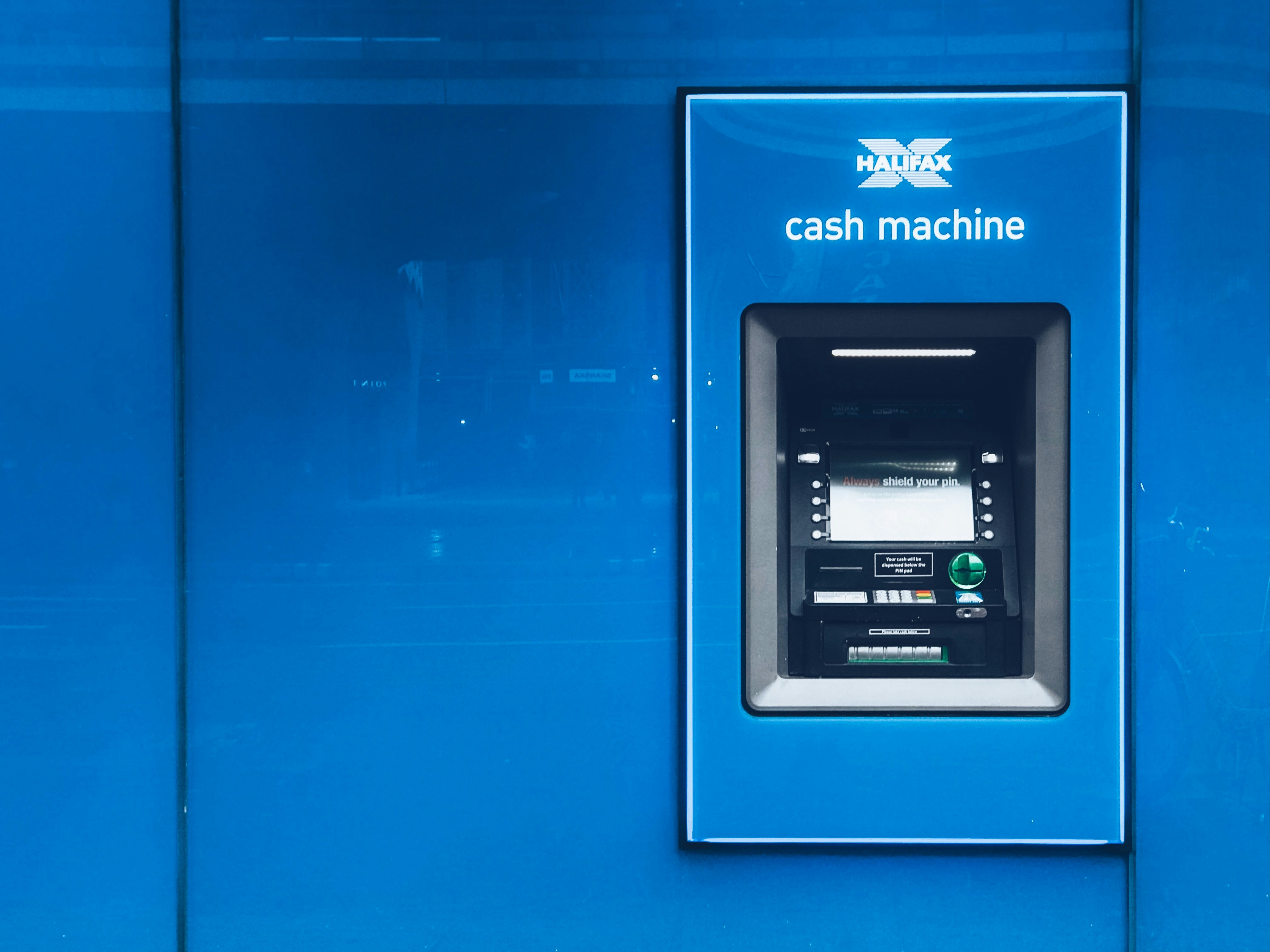Growing Credit Unions with Low-Income Designation
CUCollaborate is committed to helping credit unions attain and retain Low-Income Designation


CUCollaborate is committed to helping credit unions promote economic prosperity and financial inclusion, especially within underserved populations. A key aspect of this commitment is our ability to assist credit unions in attaining and retaining LID, a valuable program that enables credit unions to broaden their services and influence. But LID status goes beyond a mere label; it is an access point to a range of benefits that significantly enhance a credit union's ability to serve its community more effectively.
What is a Low-Income Designation?
As defined in the NCUA’s Chartering and Field of Membership (FOM) Manual, a credit union that predominantly serves low-income members may receive a low-income designation.
This classification hinges on a precise criterion: a majority (50% plus 1 member) of a credit union’s membership must be deemed "low-income members." A federal community credit union may also achieve LID if a majority of its potential membership qualifies as low-income. These members are identified based on U.S. Census Bureau data, with low-income thresholds set at 80% or less of the median family income or median earnings for individuals for their respective metropolitan area or the national metropolitan average, whichever is greater. For those living outside metropolitan areas, statewide or national non-metropolitan median family incomes or median earnings for individuals are considered instead.
The NCUA primarily uses member addresses as a proxy for income to determine if the low-income threshold is met. If a member resides in an area that meets the above income criteria, the member is considered low-income. The definition of low-income members also encompasses students enrolled in educational institutions ranging from vocational schools to colleges and universities. This broad eligibility ensures that the LID is accessible to any federally chartered credit union that meets the requirements, although state-chartered credit unions may face varying benefits.
Benefits of the Designation
LID offers several opportunities for credit unions to enhance their service offerings and operational capabilities, including:
- Ability to accept nonmember deposits from any source up to the greater of $3M or 50% of total shares.
- Ability to apply for technical assistance grants and low-cost loans from the NCUA’s Community Development Revolving Loan Fund.
- Exemption from compliance with the aggregate member business loan limit.
- Ability to include Subordinated Debt in their net worth ratio calculation.
In addition, community credit unions with a LID can extend their field of membership authority to include individuals participating in poverty alleviation programs and members of associations headquartered within the community. This special authority also applies to low-income designated multiple common bond credit unions. Credit unions with a LID may also engage third-party services for assistance with the chartering and designation process and ongoing management services.
The Road to Designation
The NCUA notifies credit unions that meet the low-income eligibility requirements based on specific examinations. Credit unions not receiving such notification but believing they qualify can present supporting evidence to the NCUA, specifically to the Office of Credit Union Resources and Expansion (CURE). The CURE then collaborates with the credit union to assess if the designation is achievable.
Supporting evidence typically includes credit union member data such as residential address, birthdate, college enrollment, and/or active-duty military status. A credit union may also submit actual member income from loan applications or surveys to demonstrate a majority of their membership is low-income. CUCollaborate can streamline the application process for you, collect the necessary data, and provide efficient and accurate reporting.
Maintaining a Low-Income Designation
Our innovative software and strategies can ease this process, but achieving a LID is just the beginning. Credit unions must continuously ensure they meet the criteria to maintain their designation. The NCUA's CURE periodically reviews credit unions’ eligibility, providing a five-year window to realign with the requirements if any discrepancies arise. During this period, the LID remains active, underscoring the importance of ongoing compliance.
Available Resources and Support
For credit unions exploring or aiming to secure a low-income designation, you can schedule time with us to discuss next steps. Learn more and schedule time with us here!
Commitment to Community Development
LID represents a significant step towards financial inclusion and community development. It enables credit unions to not only improve their offerings but also to have a lasting impact on economic inclusiveness. By leveraging the benefits and resources associated with the low-income designation, credit unions are uniquely positioned to lead efforts in reaching underserved communities, fostering substantial community development!
Low-Income Designation













.png)




.png)



.png)




















































